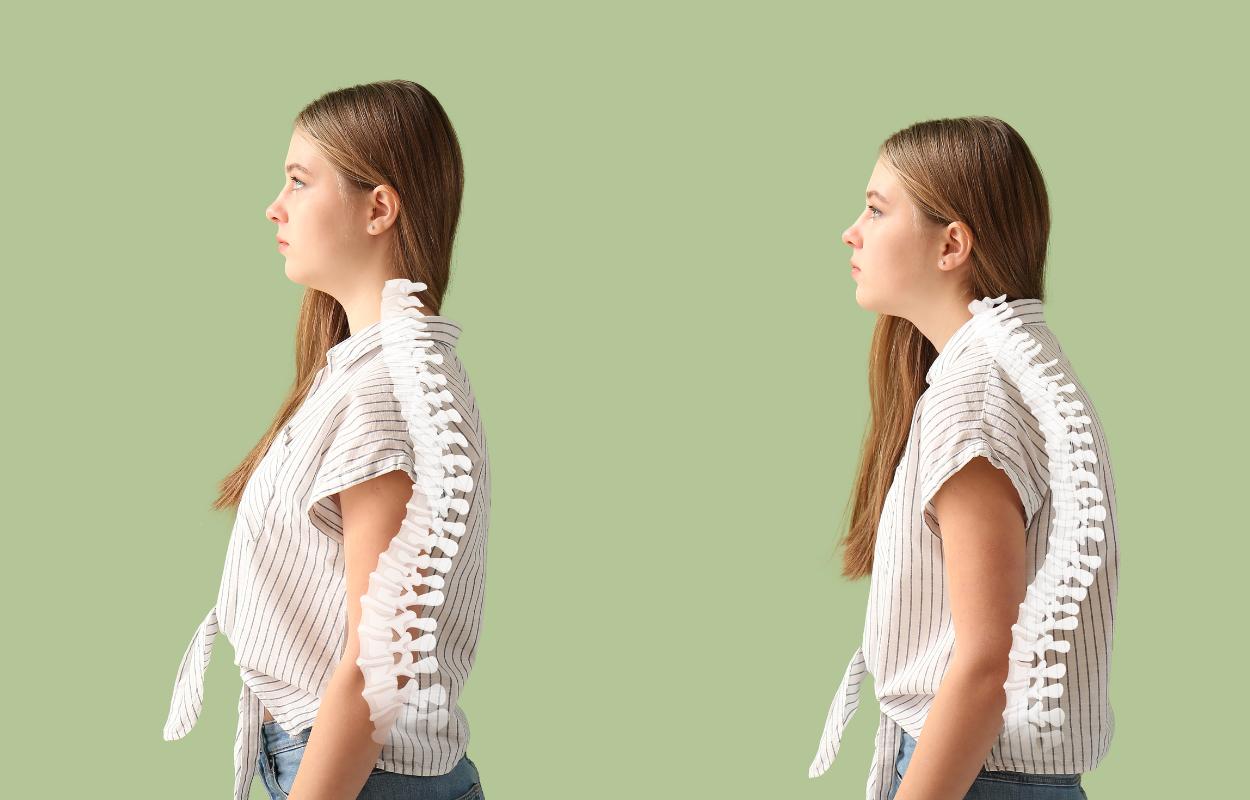Overcoming Poor Posture Habits
It is very common for Chiropractors to get questions about posture. When most people think about posture, they think it means to sit or stand up straight without slouching. However, when it comes to poor posture versus good posture, it relates to the body’s ideal position in space. In an ideal posture, there is a balance between different groups of muscles responsible for holding your body and spine up against the force of gravity. In people with poor posture, the force of gravity acting on the body is distributed unevenly, and therefore different muscle groups must work harder to support you. Whereas in people with good posture, those forces are evenly distributed so that your body can more easily maintain a posture without increased mechanical stress on the body. When you sustain positions of poor posture over time, eventually tight muscles become tighter, and underutilized muscles become weaker, the body starts to make adaptations to normal movement and causes you to experience symptoms like neck and back pain, headaches, and even lead to fatigue failure type injuries during exercise.

How do you know if you have poor posture? Maybe you are experiencing neck or back pain when you are sitting at your desk at work, a family member or friend makes a comment about how you don’t stand up straight, or you have noticed changes in your movement. Positions like forward head posture and a rounded back (known as hyperkyphosis) and shoulders are very common postural distortions that can often be attributed to poor ergonomics. A proper examination is needed to determine what type of posture you have. This includes a physical examination and X-rays to determine if there is too much, or not enough, curvature to the spine.
What can be done about poor posture? After identifying your specific postural issues, a curated plan can be developed to correct these postures. Specific postural exercises are needed, designed to strengthen underused muscles, and stretch tight muscles. Chiropractic adjustments are also needed to mobilize the segments of the spine. “Mirror Image” traction is perhaps the most important aspect of correcting poor posture. In traction, the ligaments (connective tissue) of the spine are stretched in the opposite direction that they are currently holding the spine. Think of this like braces for your teeth – it takes repetitive stress and load on these ligaments to change the shape of your spine into a more ideal position.
Everyone’s posture is different, but hopefully, this blog has answered some of the questions that you have had. Still have more questions? We would love to hear from you – posture can be complicated, but here at Chiropractic Health and Wellness, we are here to help. All of our doctors are certified in Chiropractic Biophysics, a structural technique focused on identifying and correcting poor posture. Schedule an appointment with us today.



